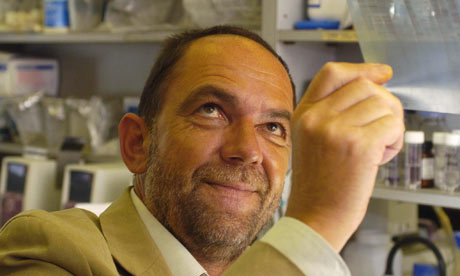 From Times Online:
From Times Online:The image of online criminals as amateur hackers, breaking into computer systems for kicks, has been out of date for some time. Online crime is dominated by professional criminals and has even given rise to distinct career paths that would-be criminals can choose to pursue from the outset.
On the technical side, “coders” specialise in writing malicious software designed to steal passwords and other personal data; others develop “exploits” designed to defeat security systems and hijack home or corporate PCs. Others provide the infrastructure — the networks, servers and internet connectivity — needed to launch attacks that steal personal information.
Read more ....










